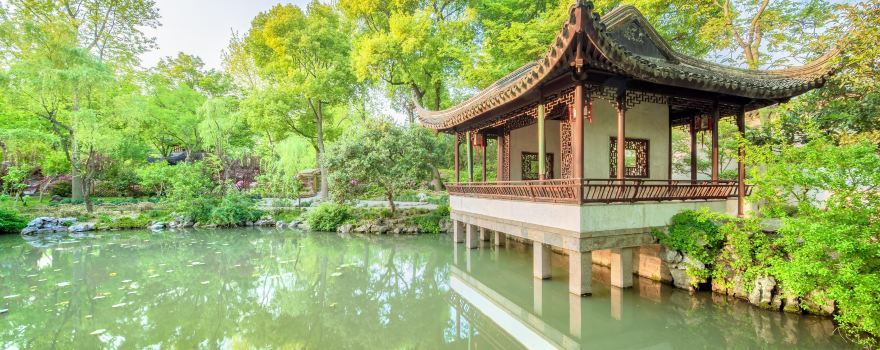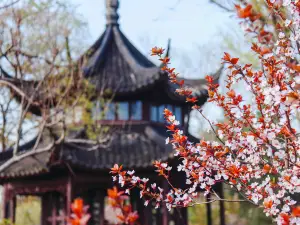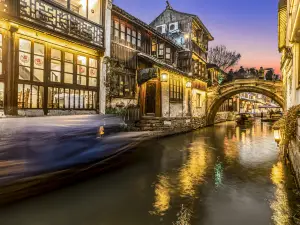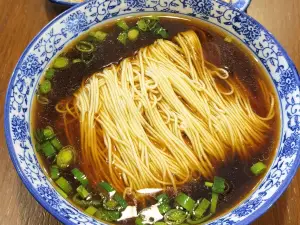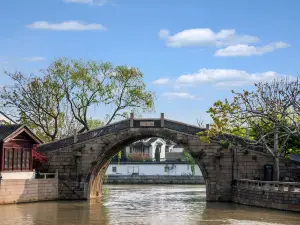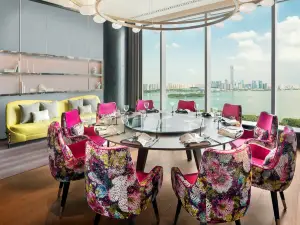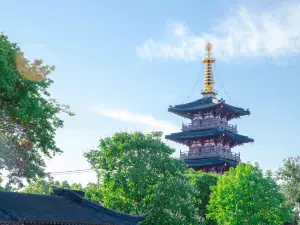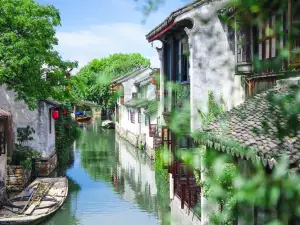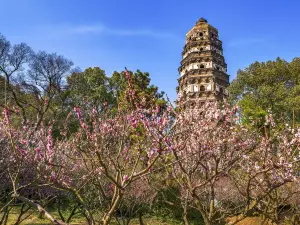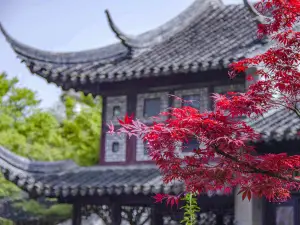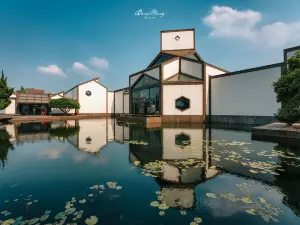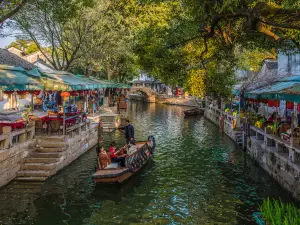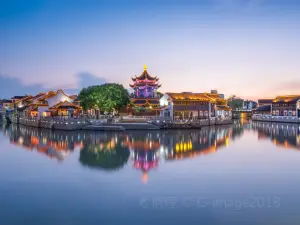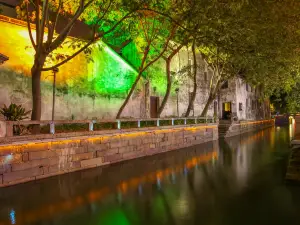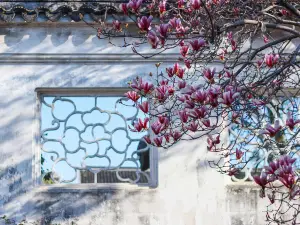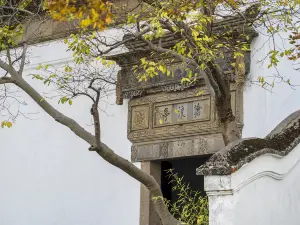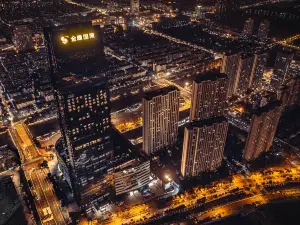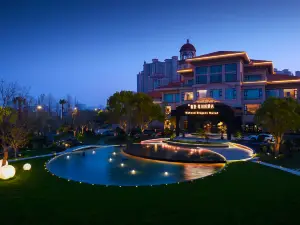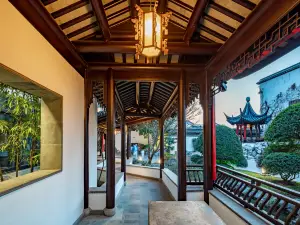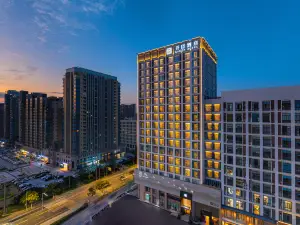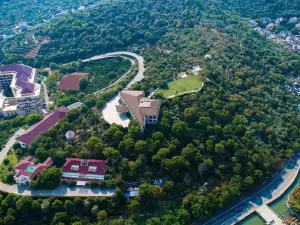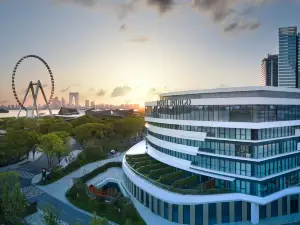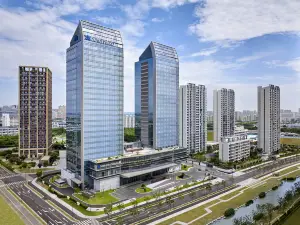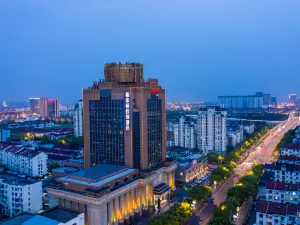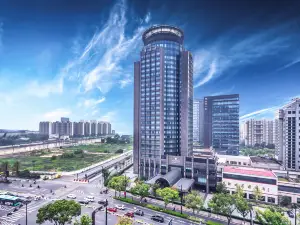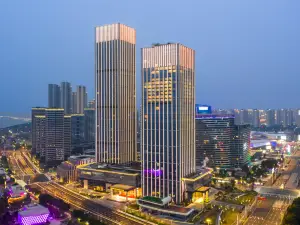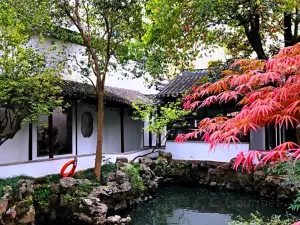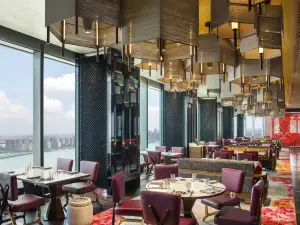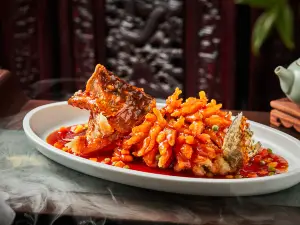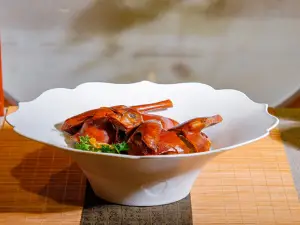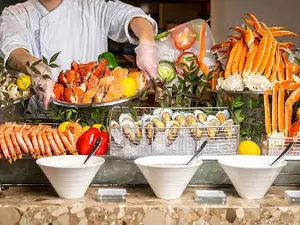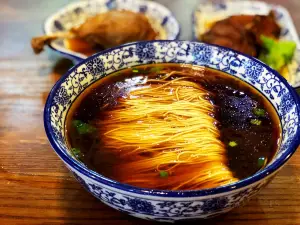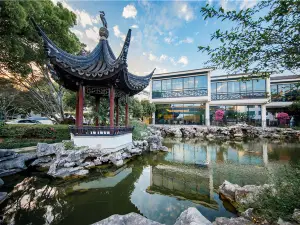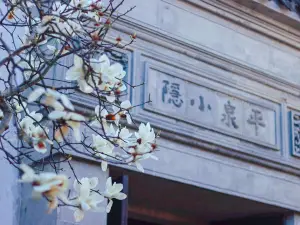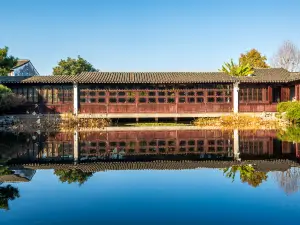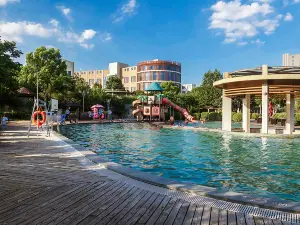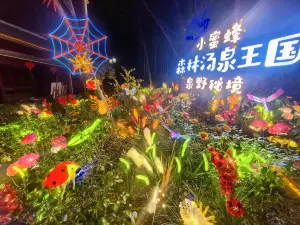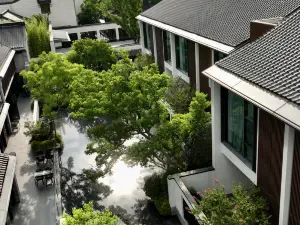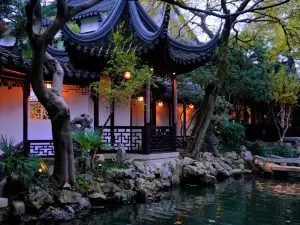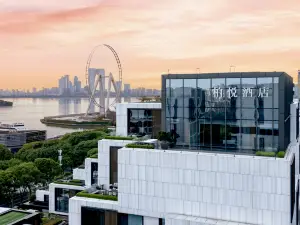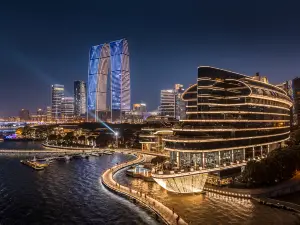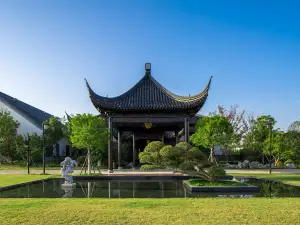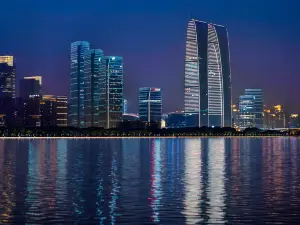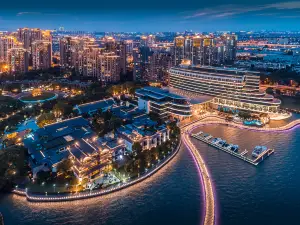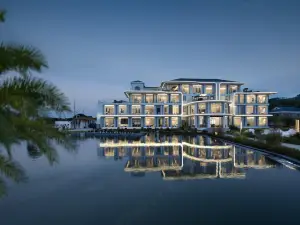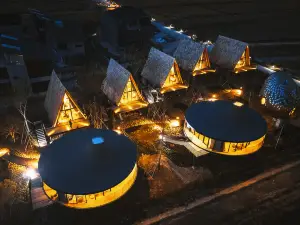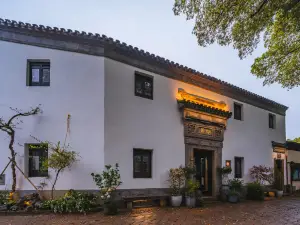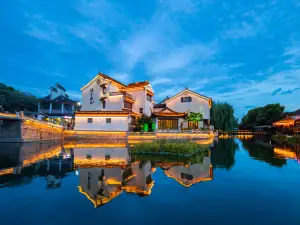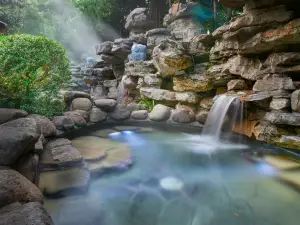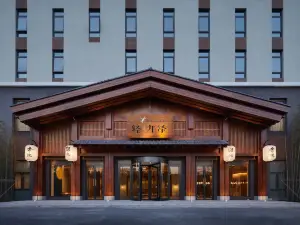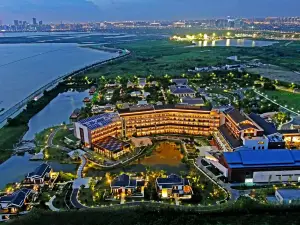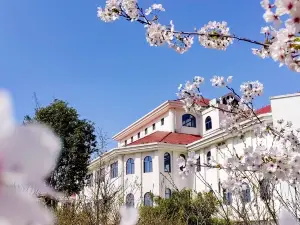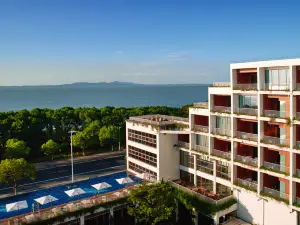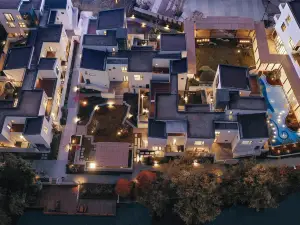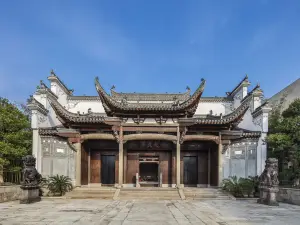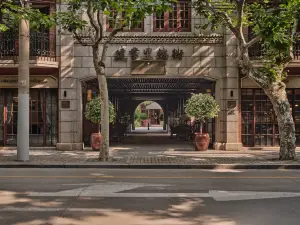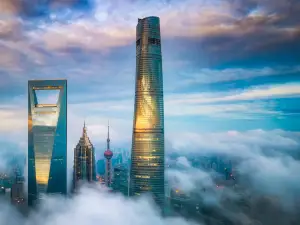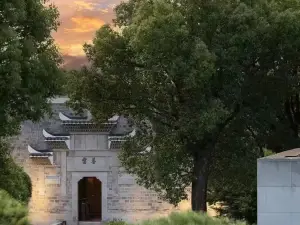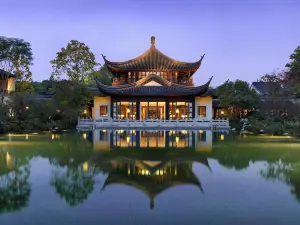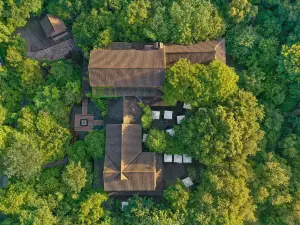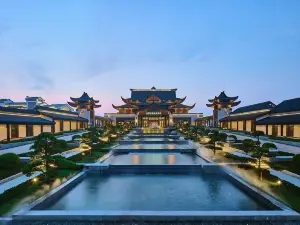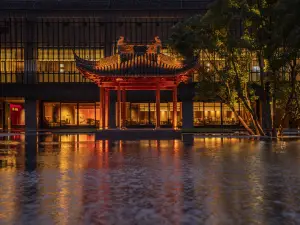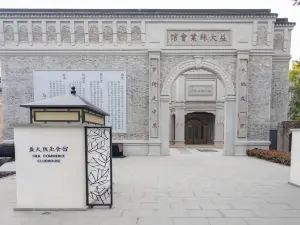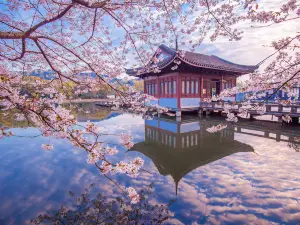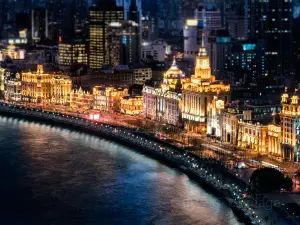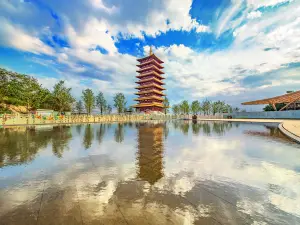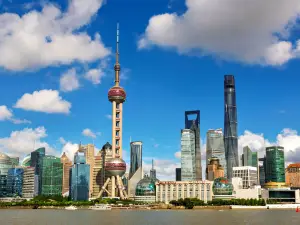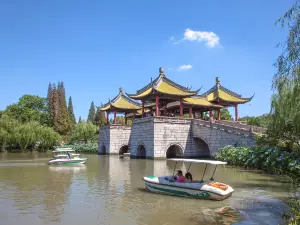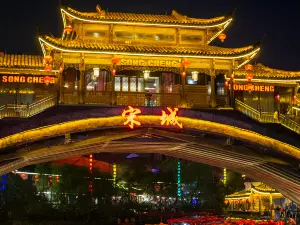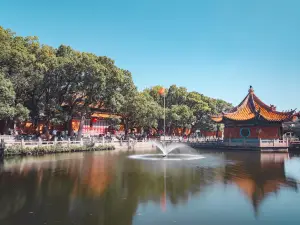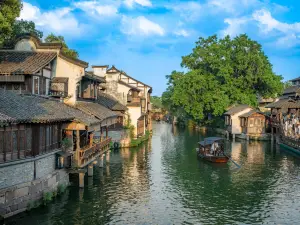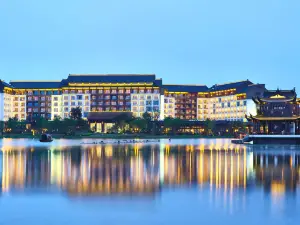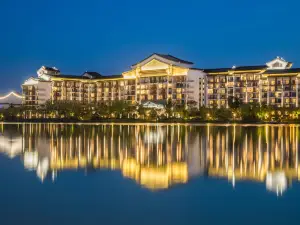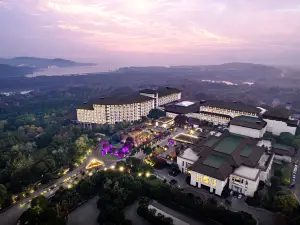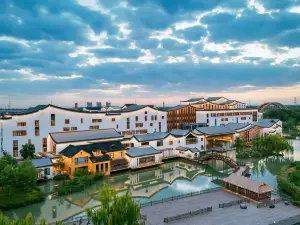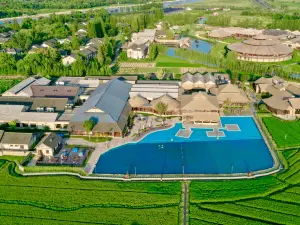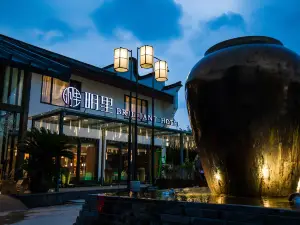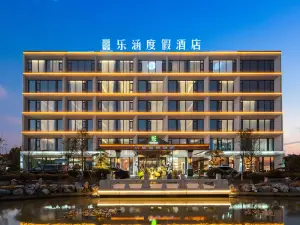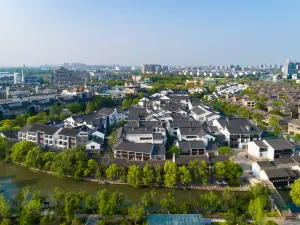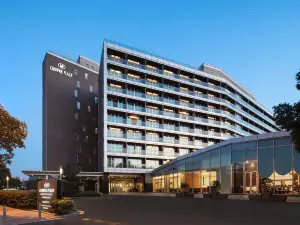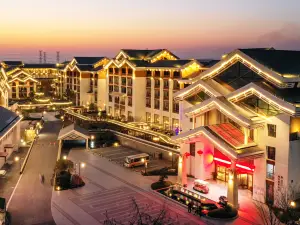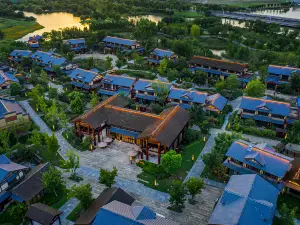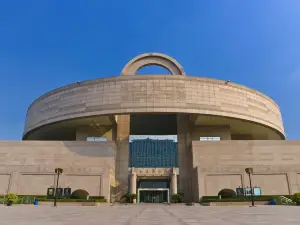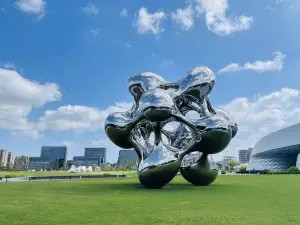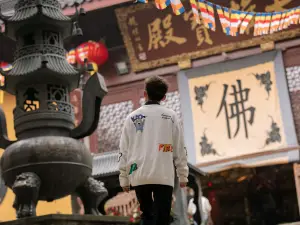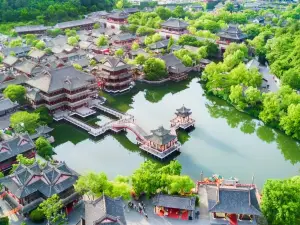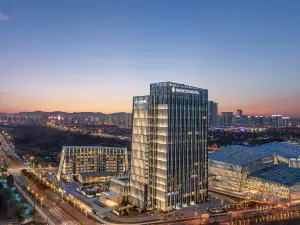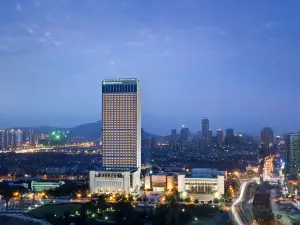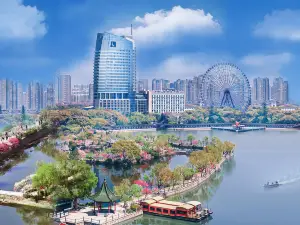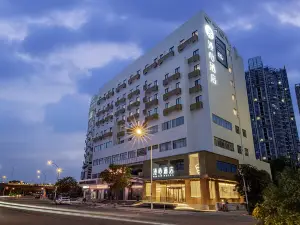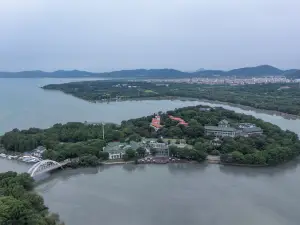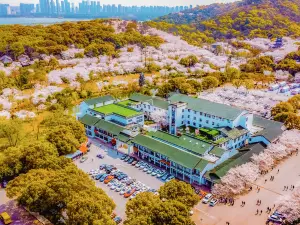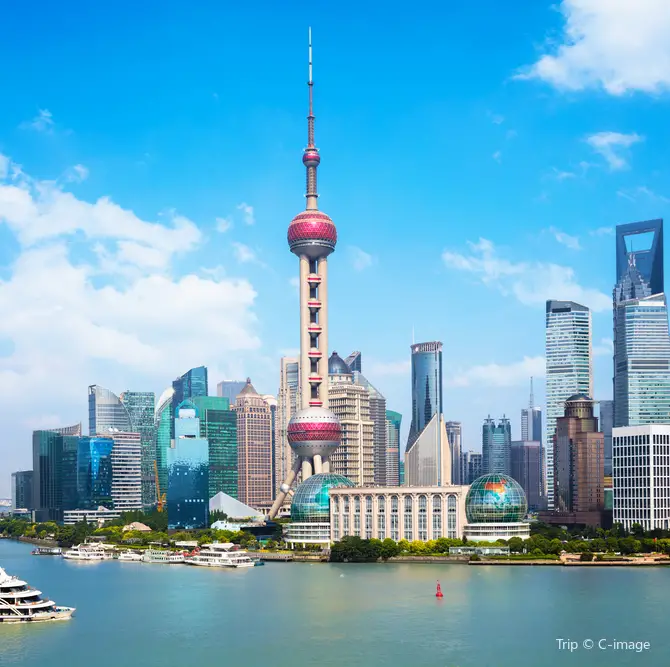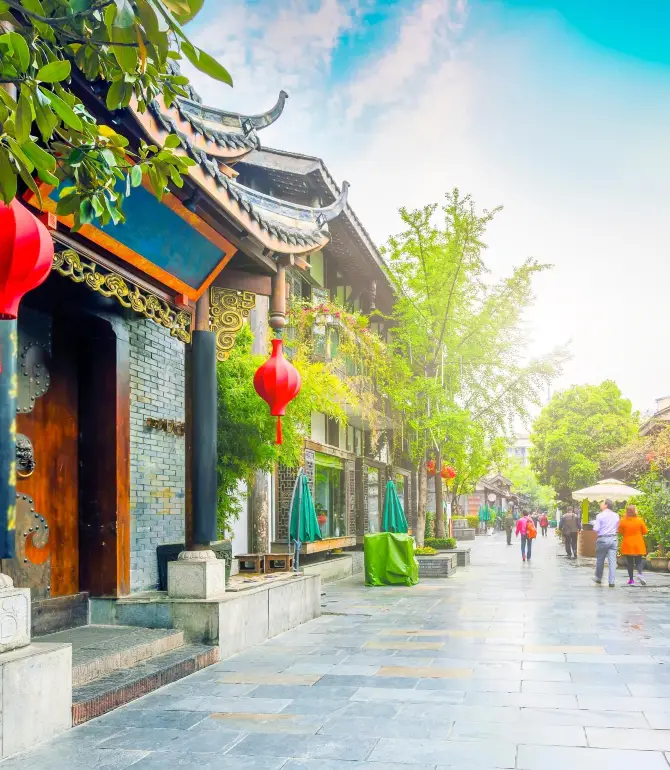Things to Do in Suzhou in 2025 - Top Attractions, Local Food, Hotels & Travel Tips (Updated May, 2025) | Trip.com
About Suzhou
Recommended trip: 2–4 day(s)
Recommended trip: 2–4 day(s)Current Weather Conditions
Suzhou Local Experiences Map

Trending in Suzhou
Suzhou Local Travel Guide 2025
Suzhou Brief Guide
The beauty of Suzhou is found in all the gardens, mountains, and rivers within the city, as well as in the rich variety of ancient cultural charm and artistic atmosphere. From the numerous ancient waterside villages on the periphery of Suzhou to the Humble Administrator’s Garden, a World Heritage Site, and the Suzhou Museum, the exquisite delights of Suzhou are endless. Suzhou is located on a network of waterways and the city streets are built to follow the rivers, producing the unique style of “little bridges, flowing water and households.” The Tang Dynasty poet Zhang Ji’s poem, "Night Mooring at Maple Bridge", has caused tourists from ancient and modern times to flock to Maple Bridge and hear the bells of Hanshan Temple. The mountains of Lingyan, Taiping, Tianchi, and Donting West are scattered along the banks of Lake Tai outside of Gusu District and showcase the majesty of nature.
Suzhou Must-try Local Experiences
1. Explore the Classical Gardens of Suzhou Visit the Classical Gardens of Suzhou, including the Humble Administrator's Garden, Lion Grove Garden, and Master-of-Nets Garden, to experience traditional Chinese landscape design and serene beauty. In addition, photograph the serene reflections of ponds, pavilions, and bridges in the Humble Administrator's Garden. 2. Cruise the Grand Canal and Explore Ancient Towns Take a scenic boat trip along the Grand Canal, a UNESCO World Heritage Site, and visit charming water towns like Tongli and Zhouzhuang to explore Suzhou's history. 3. Ascend Tiger Hill for Panoramic Views Climb Tiger Hill for panoramic views of Suzhou and explore historical sites like the Tomb of King He Lu and the Sword Pond. Capture the Leaning Pagoda of Tiger Hill against the cityscape for dynamic and memorable photos. 4. Discover the Beauty of Pingjiang Road Stroll along Pingjiang Road to admire traditional architecture, browse quaint shops, and enjoy a canal-side teahouse. Photograph Pingjiang Road at night with its illuminated lanterns and reflections in the canal. 5. Visit the Suzhou Museum Explore the Suzhou Museum, designed by I.M. Pei, to admire its modern architecture and collection of ancient artifacts and art. 6. Experience Suzhou Pingtan Performance Attend a Suzhou Pingtan performance to enjoy traditional storytelling and ballad singing in a cultural setting. 7. Attend the Hanshan Temple Bell Ringing Ceremony On New Year's Eve, join thousands at Hanshan Temple to hear the bell tolls, believed to bring good luck. 8. Savor the Delights of Suzhou Cuisine Indulge in Suzhou cuisine, known for fresh seafood and sweet flavors. Try local specialties like Squirrel-Shaped Mandarin Fish and Yangcheng Lake hairy crabs. 9. Discover Unique Souvenirs at Guanqian Street and Shantang Street Guanqian Street is a bustling shopping district with modern and traditional stores, ideal for buying unique souvenirs like silk products, Suzhou embroidery, and local snacks. Visit Shantang Street for traditional architecture, local handicrafts, silk products, and souvenirs.
Suzhou Must-see Attractions
Suzhou, a city celebrated for its classical Chinese gardens like the UNESCO-listed Humble Administrator's Garden and Lion Forest Garden, historical sites such as Hanshan Temple and Fengqiao Scenic Area, and the ancient water town of Zhouzhuang, offers a rich tapestry of cultural heritage, picturesque landscapes, and traditional experiences.
Suzhou Food Guide
Suzhou's cuisine is renowned for its fine craftsmanship and unique flavors, from the delicate white broth of Fengzhen noodles to the sweet and sour crispy exterior of squirrel-shaped mandarin fish, to the rich and creamy Yangcheng Lake hairy crabs, as well as the fragrant crispiness of pan-fried buns and the sweet glutinousness of red bean cakes, each dish embodies the essence of Suzhou-style cuisine, leaving a lasting impression on the palate.
Suzhou Transportation
Suzhou's transportation network is well-developed, with its railway stations and long-distance bus stations playing a crucial role in intercity connectivity. Suzhou Railway Station is a key hub, located in Gusu District, just 4km north of the downtown area. It serves both high-speed and regular trains, connecting Suzhou to major cities like Shanghai, Nanjing, and Hangzhou. For travelers arriving at Suzhou Railway Station, the most convenient way to reach the city is by taking the subway lines 2 or 4, which have platforms directly connected to the station. Sunan Shuofang International Airport, located 39 km from Suzhou's center, is the nearest major airport providing both international and domestic flights. To reach Suzhou from the airport, passengers can take the metro line 3, which connects directly to the airport, offering a seamless transfer to the city.
Suzhou Where to Stay
Suzhou is renowned for its elegant gardens, ancient water towns, and rich silk history, offering travelers a diverse range of accommodation options. The city's hotels are distributed across various districts, each with its own distinct features, catering to different preferences and needs. Visitors can choose to stay in bustling downtown areas for easy access to attractions or opt for more tranquil settings with scenic surroundings.
Suzhou Best Time To Visit
The best time to visit Suzhou is during the spring months of April and May, as well as the autumn months of September and October. During these periods, the weather is warm and pleasant, perfect for exploring the city's famous gardens, which come to life with blooming flowers and vibrant colors. The spring season also hosts various festivals such as the Humble Administrator's Garden Azalea Festival and the Tiger Hill Flower Festival, offering visitors a glimpse into the local culture and natural beauty. Autumn brings comfortable temperatures and picturesque scenery, making outdoor activities like cruising on the Grand Canal and walking through the gardens particularly enjoyable. These months avoid the extreme heat and humidity of summer, as well as the cold and dampness of winter, providing an ideal climate for tourists.
Suzhou Useful Guide
The official language in Suzhou is Mandarin Chinese, with the Suzhou dialect, also known as Süchow language, being a representative of the Wu languages. Travelers can utilize translation apps like Pleco for assistance and should consider learning key phrases for better communication. Despite the language barrier, gestures and facial expressions are universally understood and can aid in effective communication. For a deeper dive into the local language, engaging with younger individuals who may speak both Mandarin and English can be helpful.
Trip.Best: Suzhou
Things to do in Suzhou
What to Do
Where to Stay
What to Eat
Suzhou Tonilo Lambokini Shuyuan Hotel Sumianfang
Scholars Hotel Suzhou Pingjiangfu·Mu Xiang Chinese Restaurant
Suzhou Moments: Through Travelers' Eyes

Back from Suzhou, not recommended to visit in February! Visiting a city because of a song

Is it good to see the sea lying in bed?

Suzhou's "Little New Zealand" is taking over social media. This farm is adorable!

🌸 Dive into Blossom Bliss at Suzhou's Cherry Wonderland! 🌸

High-speed train to Suzhou

They say Suzhou is boring

Suzhou Surrealism: Discover the Giant Wu Zetian Statue by Yangcheng Lake
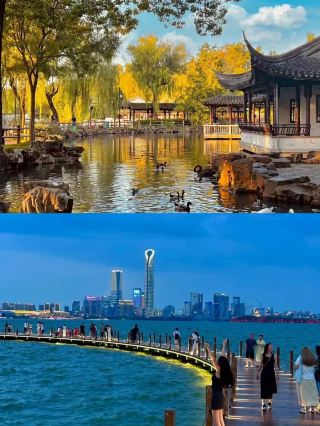
I have returned from Suzhou, and it was a tough trip. Be careful if you plan to go.
Best of Suzhou
Site Operator: Trip.com Travel Singapore Pte. Ltd.
